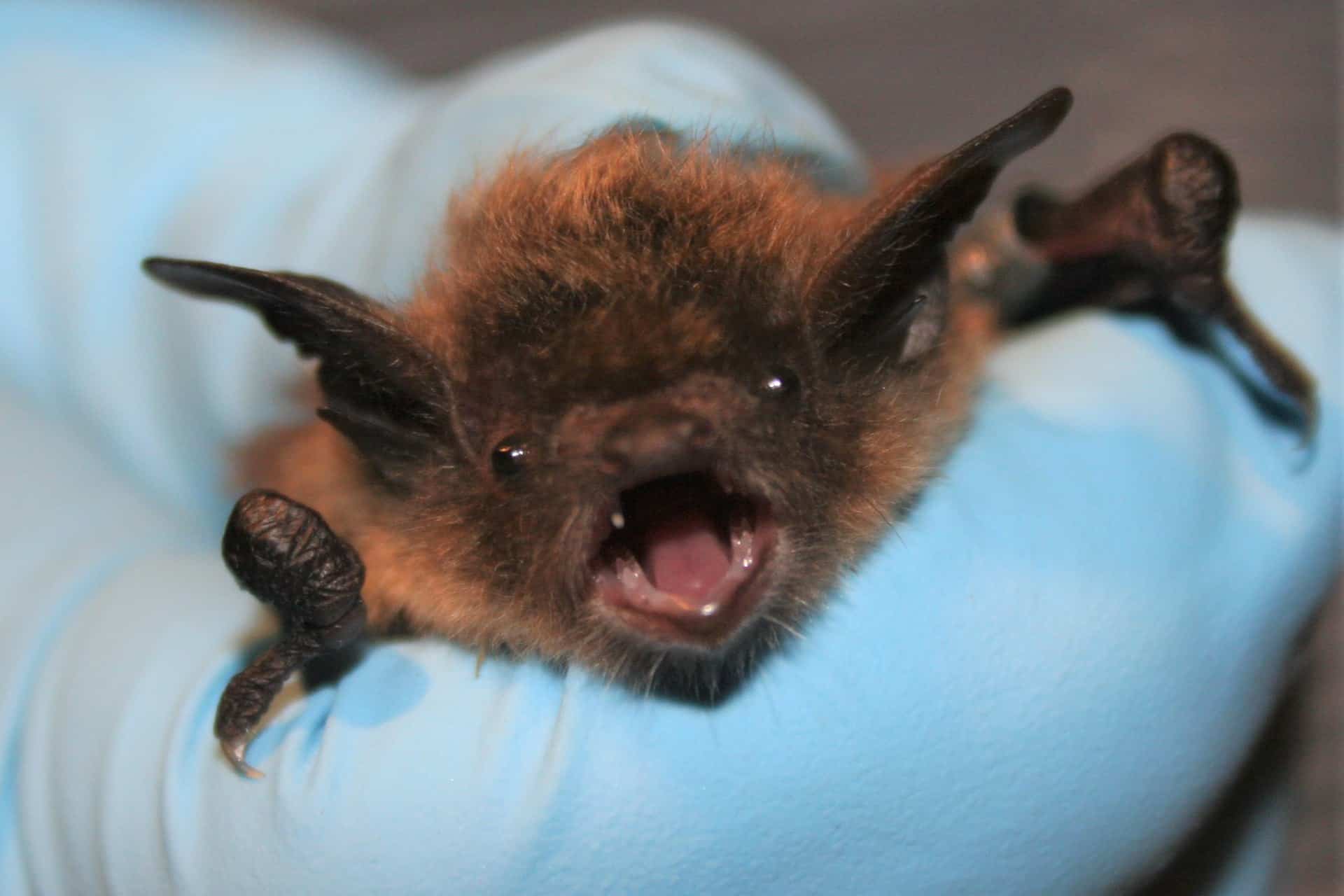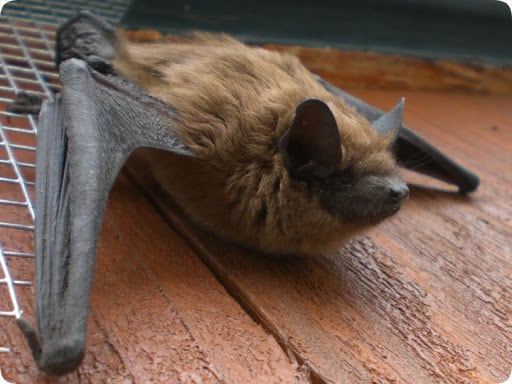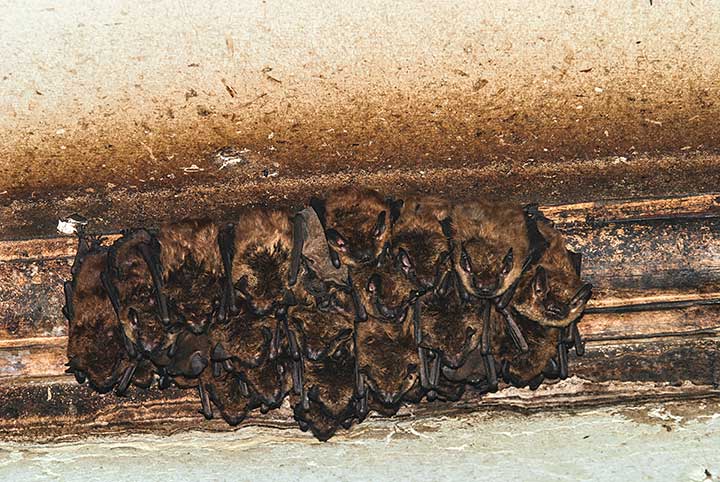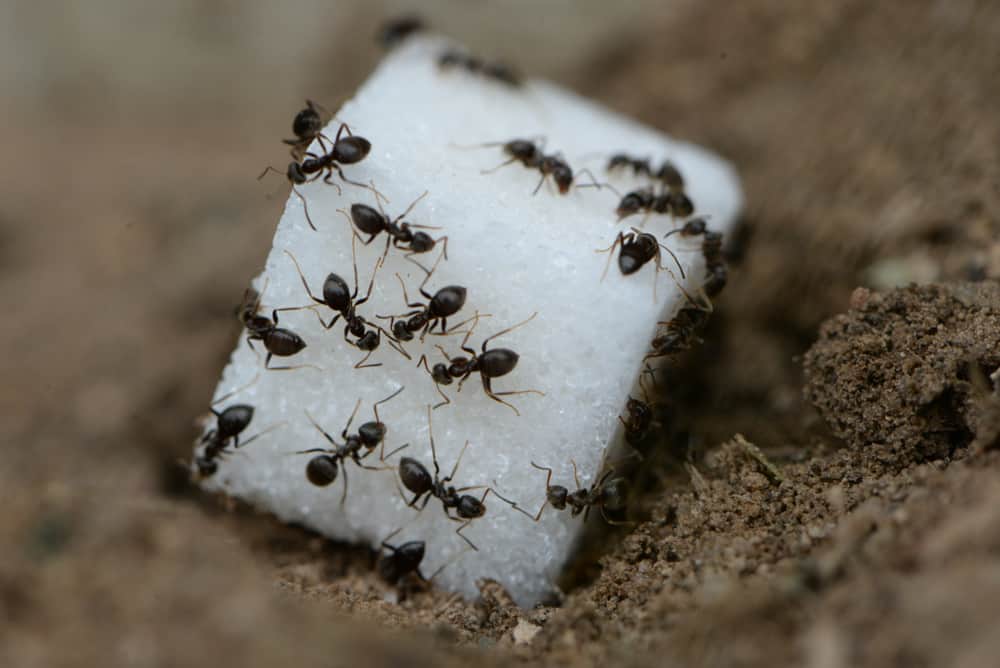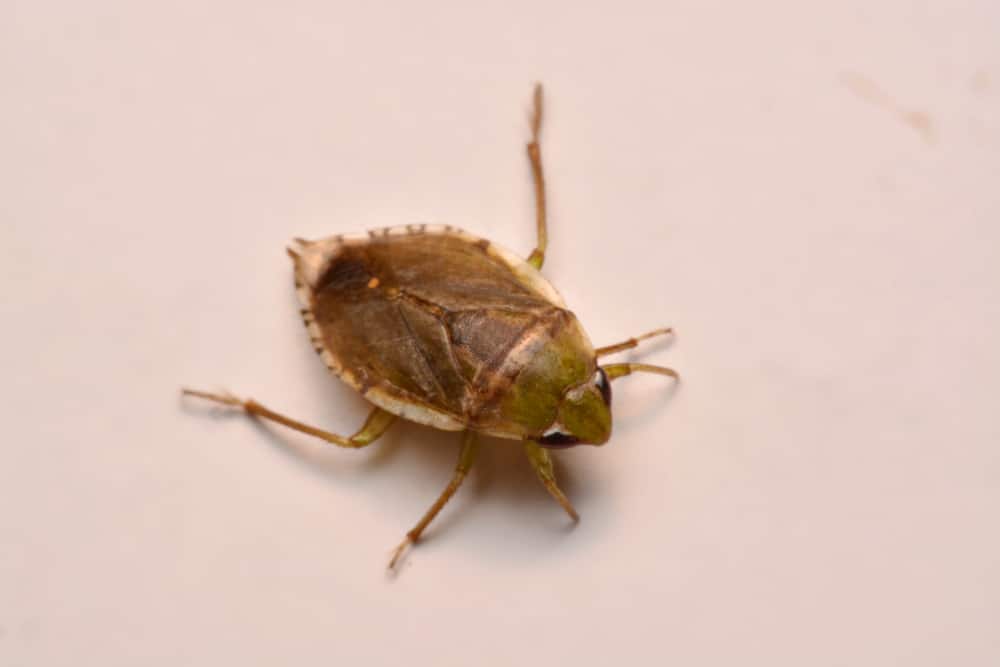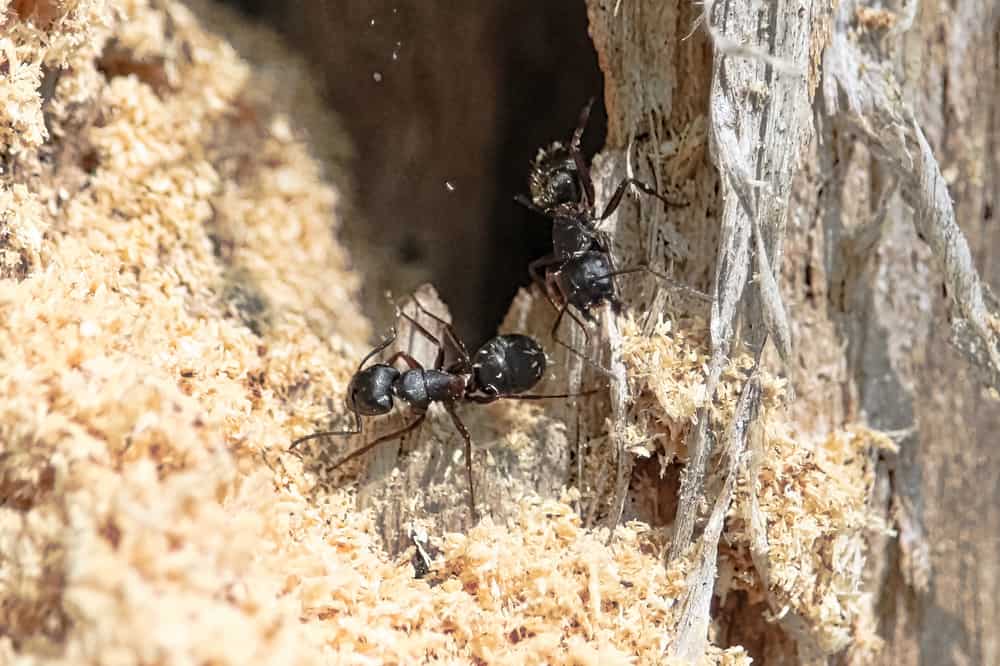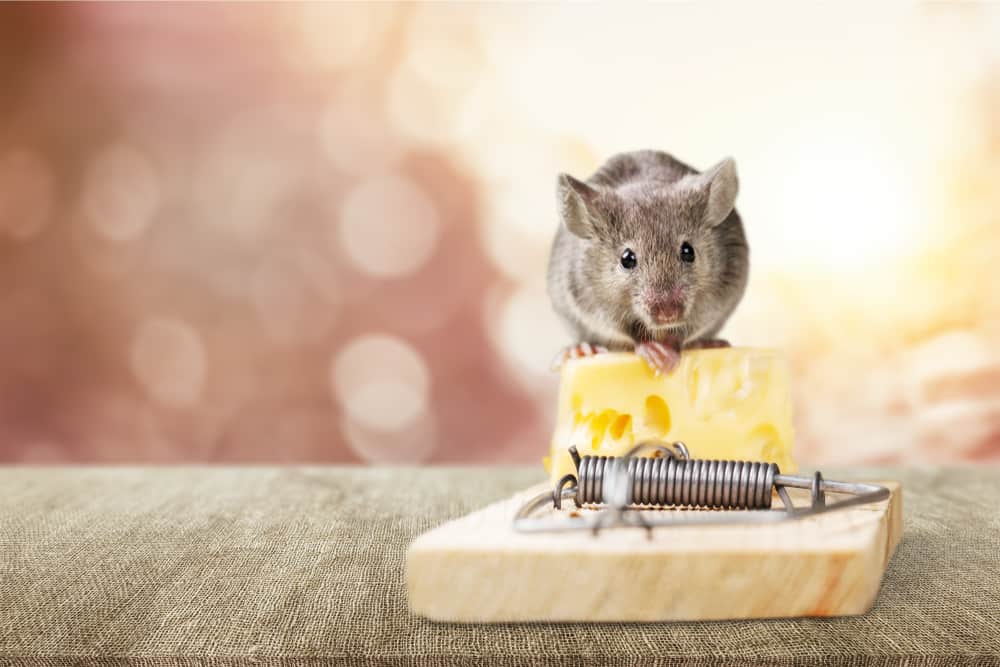How To Get Rid of Bats
Dealing with any sort of pest infestation can be a frightening ordeal. But there’s something about bats that makes them one of the more terrifying critters capable of lodging in your home.
Perhaps it’s the primal fear of them flying erratically around you in the dark, as you try to keep them from flying into your hair.
Maybe it’s because of the urban legend that all bats drink blood–which is true only for vampire bats: the vast majority of bat species are insectivores or drink nectar.
More likely, it’s because of the fact that bats are known carriers for several diseases. Bats pose the 2nd largest threat to rabies exposure in humans, with raccoons being the top rabies threat.
If you’re dealing with bats in the belfry, you’ll need to know what attracted them in the first place, how they found their way inside, and the most effective ways of removing them safely.
What Are Bats?
Bats are a species of mammals belonging to the scientific order Chiroptera. They are famously the only mammals capable of flying, and are capable of maneuvering better than most birds.
(Other animals that can “fly,” like flying squirrels, don’t actually fly at all–they are capable of gliding, but lack the developed wings that bats use.)
Bats are native to every continent except Antarctica, and their habitat range extends all the way up to the North Pole (where the temperatures are too cold to sustain them). Most bats are insectivores, but several others eat fruit or drink nectar as part of their diet. Only vampire bats drink blood.
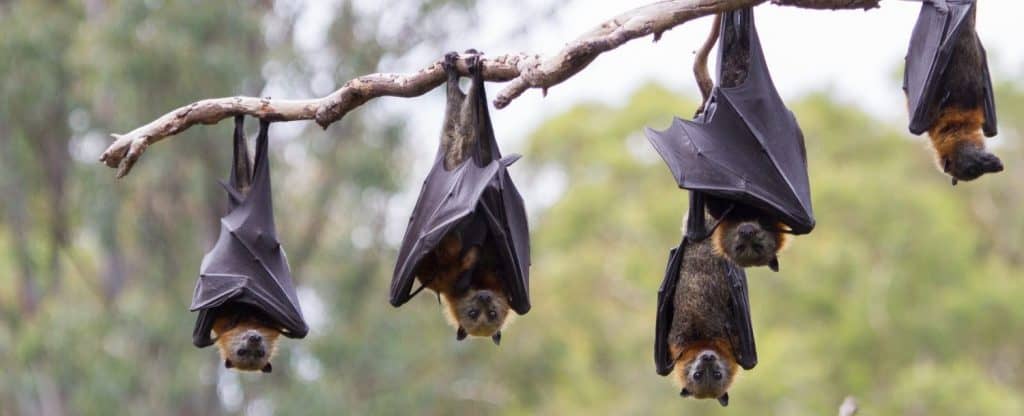
To guide them while hunting, bats use a technique called echolocation. By emitting ultrasonic waves from their mouths, bats can pinpoint the exact location of an object and determine its size, allowing it to tell insects apart from other animals.
Because of their widespread range, bats have been known to humans for thousands of years. In Western cultures, they have long been viewed as devilish creatures of the night or omens of doom. These connections often include a relation to vampires, largely due to the popularity of Dracula: Count Dracula could turn into a bat at will, and popular culture tends to give this ability to all vampires.
What Attracts Bats in the First Place?
The first thing to know about a bat nesting in your home is that it’s almost guaranteed to be female. While male bats may also seek refuge inside your house, females have more reason to take up residence–if they’re pregnant, then they’ll be looking for a safe place to give birth.
Bats may infest your home for the same reason as all pests: food and shelter. If you live in an area where there are lots of insects (especially if you live in a warmer climate), the bats will be attracted by the large amount of prey.
Safety from predators is another motivating factor. Because they are nocturnal, bats are commonly preyed upon by owls: if a bat is out during the day, then hawks or falcons may attack it. Your home can become a safe haven for bats looking to escape any birds of prey living in the area.
If you live in a colder area, then the bats will be driven to the warmth of your house in order to get out of the cold.
Health Risks Associated with Bats
Like any other pest infesting your home, bats can pose a variety of health risks if left to their own devices. They have the potential to carry a variety of diseases, but even if they are healthy they can still cause complications.
Once a bat finds a decent entry point into the home, it will begin using that point as a place to relieve itself. Bat droppings, commonly known as guano, carry a fungus called Histoplasma capsulatum. If the fungus spores are inhaled, it can cause histoplasmosis, a lung infection that can potentially be fatal unless treated in time.
As mentioned earlier, bats are also carriers of rabies. The disease is commonly observed in vampire bats–the one species that feeds off of humans and other animals.
(Though the chances of being bitten by a bat are low, that doesn’t undermine the risk of being bitten by a rabid bat.)
Bats may carry a variety of coronaviruses, including the virus responsible for the SARS outbreak in the early 2000s. The COVID-19 epidemic was initially blamed on an infected bat being sold in a Chinese market, but the CDC and WHO have since debunked this claim.
Bat-Proofing Your Home
Even if you aren’t currently dealing with bats, it’s always better to err on the side of caution. There are multiple ways to bat-proof your home, all of which are effective yet safe for the bats themselves.
Note: If you are bat-proofing your home, it’s often recommended that you wait until the fall or winter. Since bats raise their young in the summer months, bat-proofing during this time could inadvertently separate the parents from their young.
Sealing Entryways
As with all pests, the first step you should take is finding where the bats are getting in and out of your home. Bats are tiny creatures and can squeeze through gaps ¼ inch wide and ½ inch high.
Look for gaps in places where the bats would easily be able to fly out of. These include along the roof, around the chimney, and any vents that lead inside. Once you’ve determined which entry points the bats use, simply seal them up.
One effective sealing device is the “one-way door.” It’s very simple to make: take a PVC pipe, place some wire mesh over it, and attach it to the entryway. The bats will be able to fly outside with no problems, but they’ll have difficulty getting back inside. Once all the bats are gone, you can remove the door.
Fake Owls
If you’ve ever seen one of those plastic owls in someone’s yard, then you’ve probably wondered what the purpose of it was. After all, a fake owl would seem like an odd garden decoration.
Those owls serve a dual purpose. During the day, they scare off any birds that might be nesting in your yard; at night, they can frighten away bats.
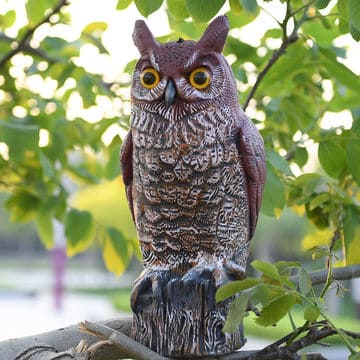
Owls are one of the bats’ deadliest predators: they both share a similar ecological niche, but the owl is stronger, faster, and more silent than the bat. The great-horned owl, the most common owl in the United States, is known to prey on 11 species of bat.
(Because of this, most plastic owls are modeled after the great-horned owl.)
Place a plastic owl somewhere high, where the bats are likely to locate it. The bats will grow unnerved by the continued presence of this predator (not knowing it’s fake), and eventually seek shelter someplace safer.
Aluminum Foil/Mirrors
These 2 common items are usually used as bird repellent, but they can also be used to deter bats.
Since both foil and mirrors are reflective surfaces, they will reflect any light that bounces off them. If 2 balls of aluminum are placed near each other, they can bump together and create an annoying sound.
Bats, who prefer to sleep during the day, will become irritated by the light and sounds. After a short while, they will take flight and seek shelter in a place where there is no light or noise to bother them as they slumber.
Scented Objects
Unlike most animals, bats don’t rely on their sense of smell too much–echolocation and superb hearing are what help them with hunting.
But like all pests, they can be driven away with certain scents.
Moth balls and aerosols both contain chemicals which irritate the bats’ noses: simply leave them in places where the bats are roosting.
(Note: Do NOT directly spray aerosols on the bats themselves. This can not only prove lethal to them, but it may provoke them into attacking you.)
Cinnamon and eucalyptus oil are also good alternatives.
